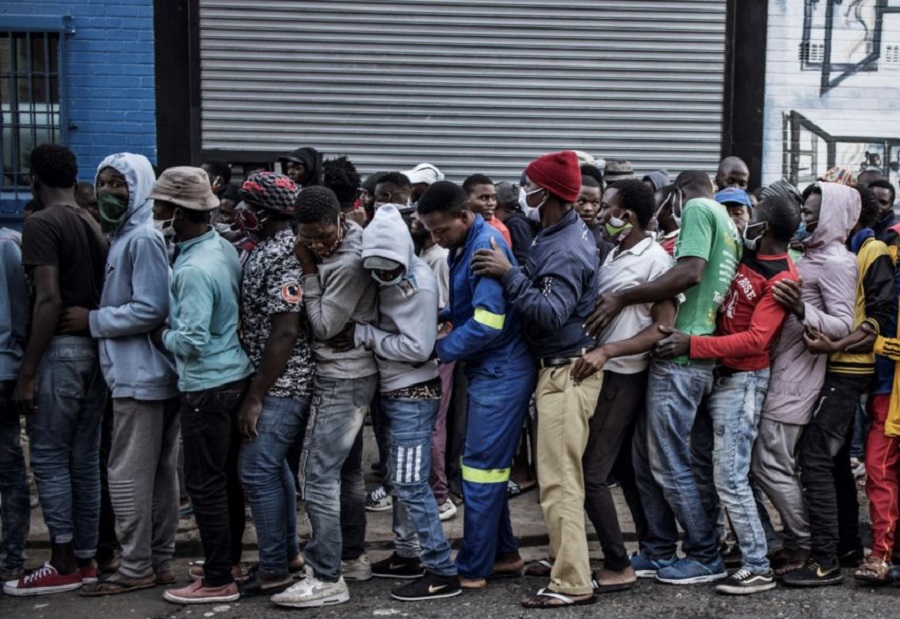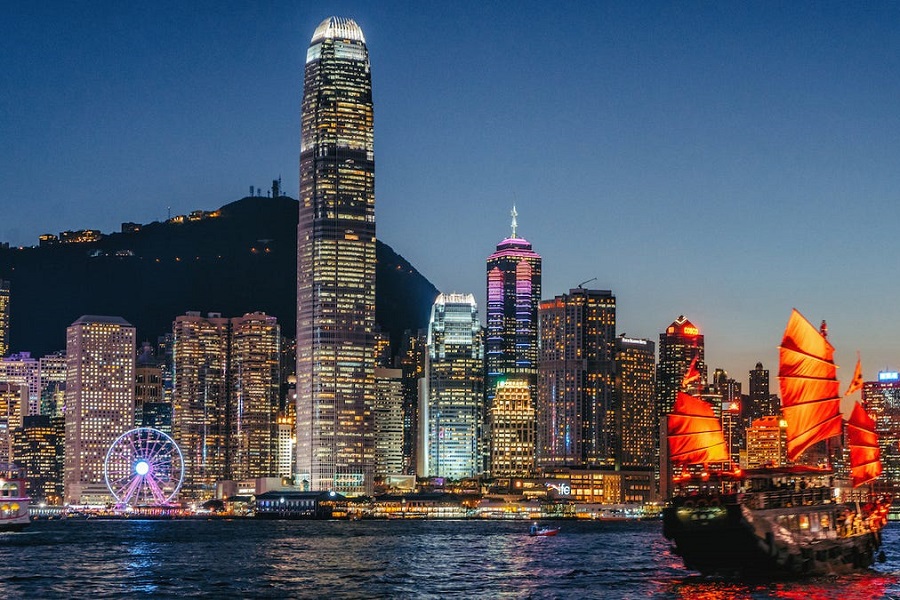RIO DE JANEIRO, BRAZIL – If the recession caused by the 2008 global financial crisis was practically limited to rich countries, while virtually all emerging economies were spared, this time the roles are reversed.
Covid-19 is digging its claws with special intensity in low- and middle-income countries, which had weaker health and social protection systems than the advanced economies, and where vaccines will arrive with more delay.

But beyond the pharmacological aspect, there is a factor that clearly explains why this dangerous divergence was opened by the pandemic: the States’ fiscal capacity to rescue their citizens and companies and provide a faster recovery.
To escape the recession caused by the virus, rich countries will have adopted public spending measures equivalent to 16% of their GDP between the outbreak of the crisis and 2022, compared to 4% in emerging countries and 2% in low-income countries, according to data published Wednesday by the International Monetary Fund (IMF).
“The extent of [fiscal] support varies across countries, depending on the impact of the pandemic and the ability to access low-cost financing,” the Washington-based organization’s staff pointed out, noting that economies endowed with a strong currency and central bank also enjoy much greater financial leeway than others.
“Many governments in advanced economies have implemented considerable spending,” says the Fund’s new global report. In contrast, “support in emerging markets and especially in low-income countries has been less, with a large share of measures now expiring.” The IMF does not spare praise for the firewall mechanism that was put in place to deal with the crisis: “It avoided a more severe economic contraction and further job losses,” it says.
According to the multilateral organization’s own data, without the authorities’ fiscal and monetary stimuli, the bite would have been three times bigger. For this reason, the countries that have been able to inject the least amount of money are also the ones that will have a slower recovery, with more damage.
The reactivation plans announced by the United States for the coming years have just unbalanced this balance: even before putting its powerful infrastructure project on the table, the initial reactivation package had already almost tripled the fiscal effort announced until then, separating the country not only from the emerging bloc but also from its European partners, which, after the initial decisive action, started to act more prudently.

World public debt approaches triple digits
The flip side of fiscal stimulus is always the deficit and public debt, both of which are currently at record levels in all countries. But here, too, the differences between rich, emerging, and developing countries are striking: while in the advanced economies the imbalance between spending and revenue was close to 12% of GDP last year, in the emerging bloc it was below 10%, and in the low-income nations it barely exceeded 5%.
This disparity continues to grow, and very much so, years after the tap is turned off, because after the initial emergency disbursements to stem the advance of the health crisis and try to save families and businesses from the voracity of confinements, the capacity of emerging countries to finance large fiscal deficits becomes much smaller than that of their rich peers.
“The ability of countries to increase spending has diverged. While the increase in deficits in advanced economies resulted almost equally from increases in spending and decreases in tax collection, in most emerging and low-income countries, it stemmed mainly from the collapse in tax collection due to the recession,” warn the Fund’s staff.
This new round of fiscal spending by treasuries can afford it is a new source of inequality between rich, emerging, and developing countries: the vaccine. As the IMF itself has warned, two-speed vaccination will also lead to a two-headed recovery. And in this divergence, poor and emerging countries have everything to lose.
After a few months in which the states acted as the last retaining walls to prevent the economic crisis from turning into something more serious – a real depression like that of the 1930s – the average public debt worldwide climbed in 2020 to 97% of GDP. The upward trend will reach about 99%, although with historically low financing costs.

From then on, at the triple-digit limit where almost all advanced economies are already firmly established, the IMF foresees some signs of stabilization. Not so much because governments will no longer need to throw so much wood on the fire, but because the other part of the equation – the GDP – will be pulled up by the economic recovery.
As it already happened in October, on Wednesday, the IMF once again recommended surcharging the large fortunes and the winners of the crisis to finance the enormous expense they need to assume and facilitate the future payment of the new debt contracted.
Source: El Pais

